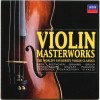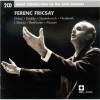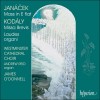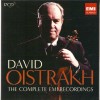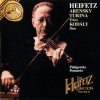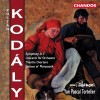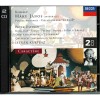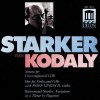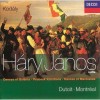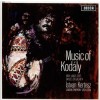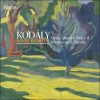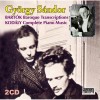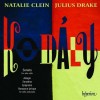Biography
Zoltán Kodály (Hungarian: Kodály Zoltán, December 16, 1882 – March 6, 1967) was a Hungarian composer, ethnomusicologist, pedagogue, linguist, and philosopher.
Born in Kecskemét, Kodály learned to play the violin as a child.
In 1905 he visited remote villages to collect songs recording them on phonograph cylinders. In 1906 he wrote the thesis on Hungarian folk song ("Strophic Construction in Hungarian Folksong"). Around this time Kodály met fellow composer Béla Bartók, whom he took under his wing and introduced to some of the methods involved in folk song collecting. The two became lifelong friends and champions of each other's music.
All these works show a great originality of form and content, a very interesting blend of highly sophisticated mastery in the Western-European style of music, including classical, late-romantic, impressionistic and modernist tradition and at the other hand profound knowledge and respect for the folk music on Hungary, Slovakia, Bulgaria, Albania and other Eastern-European countries. Due to the outbreak of the First World War and subsequent major geopolitical changes in the region and partly because of the personal shyness Kodály had no major public success until 1923 when his Psalmus Hungaricus premiered at a concert to celebrate the fiftieth anniversary of the union of Buda and Pest (Bartók's Dance Suite premiered on the same occasion.)
Kodály was very interested in the problems of music education, and he wrote a large amount of material on music education methods as well as composing a large amount of music for children. Beginning in 1935, along with colleague Jenö Ádám, he embarked on a long term project to reform music teaching in the lower and middle schools. His work resulted in the publication of several highly influential books. The Hungarian music education method that developed in the 1940s became the basis for what is called the "Kodály Method". Kodaly himself did not write a comprehensive method, but he did establish a set of principles to follow in music education. See also: Kodály Hand Signs.
His notable students include Anne Lauber and John Verrall.
In the motion picture Close Encounters of the Third Kind a visual learning aid distributed to members of a conference of UFOlogist was named "Zoltan Kodaly" and referenced musical notes as hand signals.
His wife was Emma Gruber, the dedicatee of Ernő Dohnányi's Waltz for piano four-hands, Op. 3, and Variations and Fugue on a theme by E.G., Op. 4 (1897)





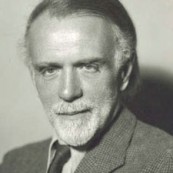

![Russian legends - David Oistrakh [20 CD]](http://static.classicalm.com/repository/collection-cover/small/267-img1318418713553266.jpg)


